Some Moments in the Evolution of Therapy |
||
|---|---|---|
 |
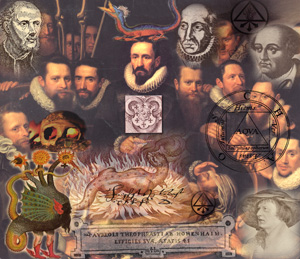 |
 |
In the foreground, Galen and Hippocrates debate a therapeutic dilemma, while in the background apprentices collect ingredient necessary to ensure the efficacy and the infinitely complex medication – theriac. |
Paracelsus in the 16th century, made balsams from herbs by putrefaction and distillation, and as such, obtained a number of essential oils including the quintessence – Lilium Paracelsi |
Early pharmacotherapeutic remedies, sometimes multiple but often bizarre, had a rather dubious success when it came to treating medical diseases. |
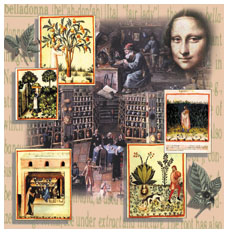 |
 |
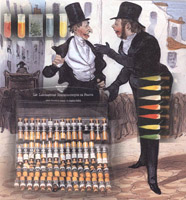 |
The development of a rational therapeutic strategy depended upon the identification of active principals in herbal remedies – belladonna, and mandragora. |
Cinchona derived from Peruvian bark made its appearance in European drug markets during the 17th century. Thomas Sydenham was one of the first to use it as a specific for fevers. |
The development of Homeopathy during the 19th century by Samuel Hahnemann achieved widespread popularity. His theory was not significantly different to that of Paracelsus. |
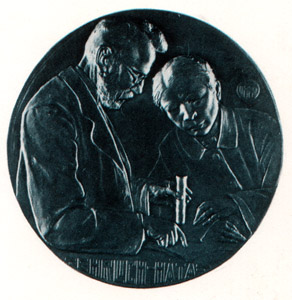 |
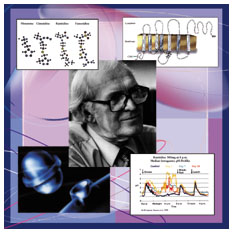 |
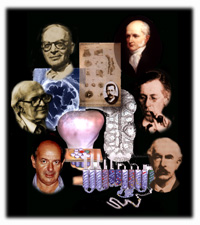 |
Paul Ehrlich deserves the credit for initiating the concept of the chemical target of pathogenic agents. His concept allowed for a targeted drug reality to develop. |
In 1973, a team of scientists led by Sir James Black, produced the first clinical H2-receptor antagonist, cimetidine, thereby ushering in the age of acid suppressive medication and therapy. |
Proton pump inhibitors that irreversibly target the acid-secreting proton pump in the stomach were developed from 1977-1981, and helped revolutionize acid therapy. |
Some Moments in the Evolution of Gastro-Esophegeal Therapy |
||
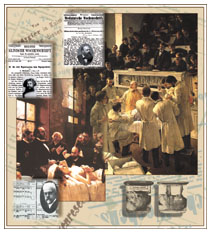 |
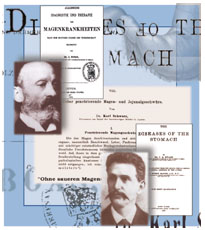 |
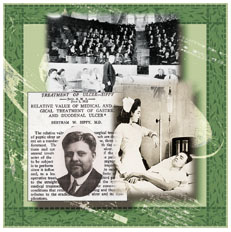 |
Theodore Billroth and colleagues, Rydygier and Eiselsberg, attempted to treat acid diseases (e.g. obstructions) by performing gastro- or esophagectomies (1881). |
Ismar Boas (top) and Karl Ewald (bottom) were the founders of modern Gastroenterology. They wrote the first textbooks, established the first journal and performed gastric function tests. |
Bertram Sippy devised a complex dietary regimen of bland food that included hourly feedings of milk to relieve dyspeptic symptoms and treat acid-related diseases. |
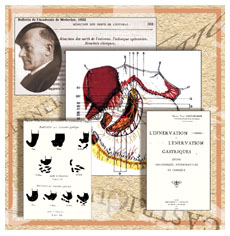 |
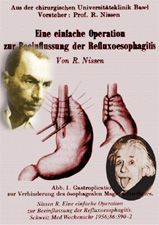 |
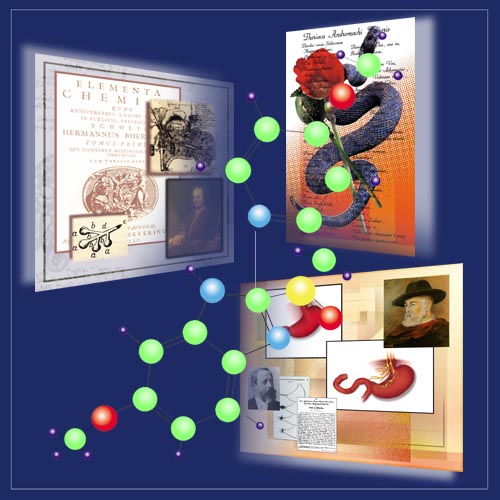 |
Andre Latarjet recognizing the role of vagal nerves in the regulation of acid secretion sought in 1923 to show that their resection resulted in a resolution of acid diseases. |
Rudolf Nissen in 1956 described his operation - a gastroplication - or the treatment of reflux esophagitis. One of his patient’s who declined the procedure was Albert Einstein. |
The evolution of gastro-esophageal therapy has coincided with that of therapy per se, and has included herbal, medical, surgical and ultimately pharmacological intervention. |